10 features the perfect laptop should have in 2016
Different use cases explored

Introduction
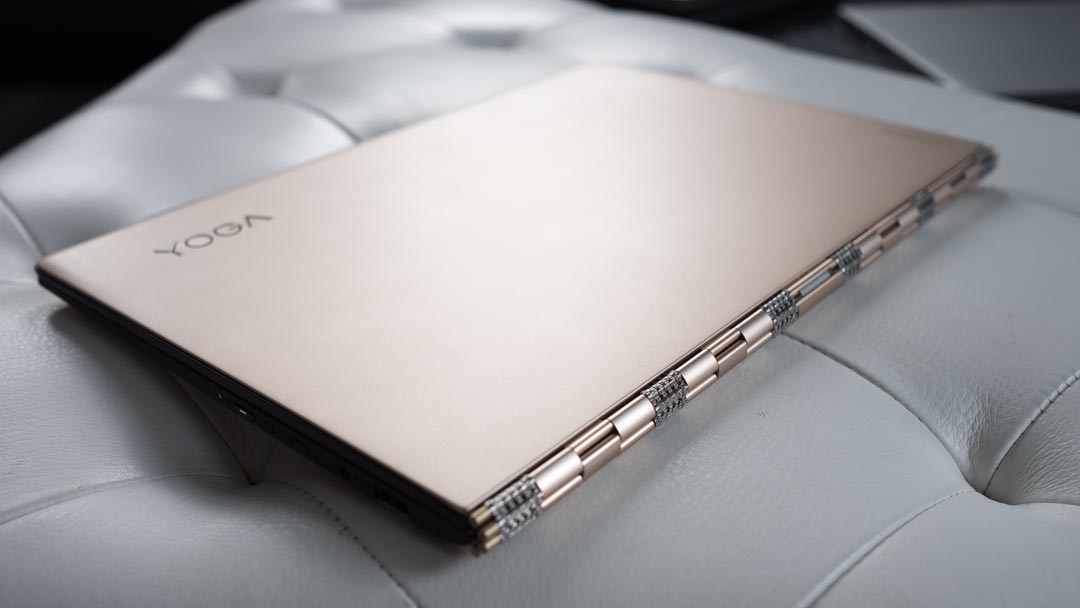
2016 promises to be one of the most exciting years in the world of laptops. As a number of new technologies reach maturity at the same time, they're set to bring some welcome improvements to a segment that had been stalling over the past two years.
If you're planning to buy a laptop, whether it be a consumer model or a business one, make sure that it includes as many as the features that are listed here. They apply to any type of laptops, whether you're looking for a business model, a gaming laptop, an ultrabook, a 2-in-1 convertible or a generic notebook.
And just for the record, I haven't found the perfect laptop yet - we've only found one that comes close. Check out Techradar's best laptops leaderboard and how to buy a laptop. Note that we're only addressing the PC market for now as those looking for an Apple machine have a much more limited outlook.
1. USB 3.1 Type C
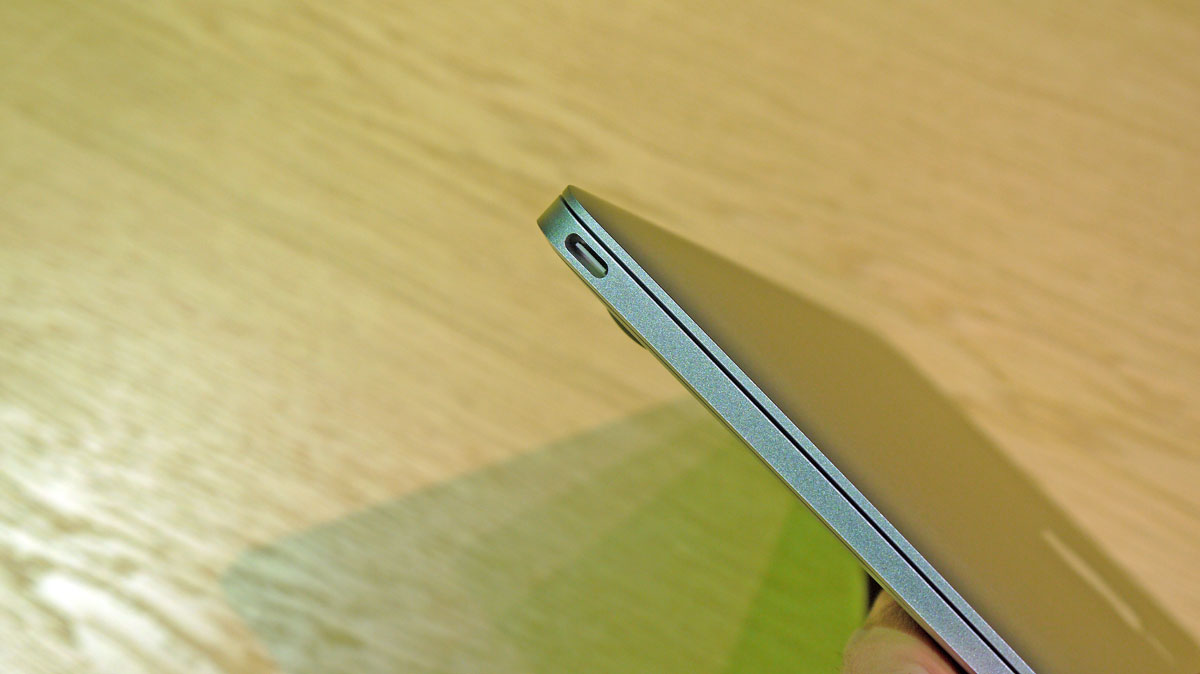
Apple's new MacBook introduced the new port to the laptop market (and got rid of everything else). Like the ring from LOTR, it's often called the one to rule them all. It's tiny, which makes it ideal for smartphones and tablets, plus it can charge your laptop and transmit data at breakneck speed.
Add the fact that it can offer up to 10Gbps (Gen 2) with better power efficiency and you have a rather enticing offering. You can envision a world where Type C connectors replace every single existing one including the power adaptor.
2. Mini DisplayPort

Until DisplayLink over USB Type C becomes widespread, anyone wanting to work on an external 4K monitor needs a DisplayLink connector. The price of 4K monitors is rapidly falling due to economies of scale - we've already seen a couple for less than £250 (around $365, AU$520) – and we wouldn't be surprised if they become increasingly popular with businesses where a single one can replace at least four 1080p monitors. This is one of the reasons why we firmly believe that 4K monitors absolutely make sense for businesses of all sizes.
3. A full HD display

I still find it unnerving that some vendors sell laptops costing around £1000 (about $1460, AU$2060) with a display with a resolution lower than 1920 x 1080 pixels, which is rapidly becoming the standard resolution on smartphones costing 10 times less.
Sign up to the TechRadar Pro newsletter to get all the top news, opinion, features and guidance your business needs to succeed!
Anything less than full HD should no longer be acceptable in this day and age. What about QHD, QHD+ and 4K? Well, unless you're particularly finicky, anything above full HD doesn't bring much in terms of visual comfort as we approach the limits of the human eye. Yes, your fonts and icons might appear a bit sharper but that taxes your CPU (and your pocket) more while having a negative impact on your battery life.
4. Great accessories
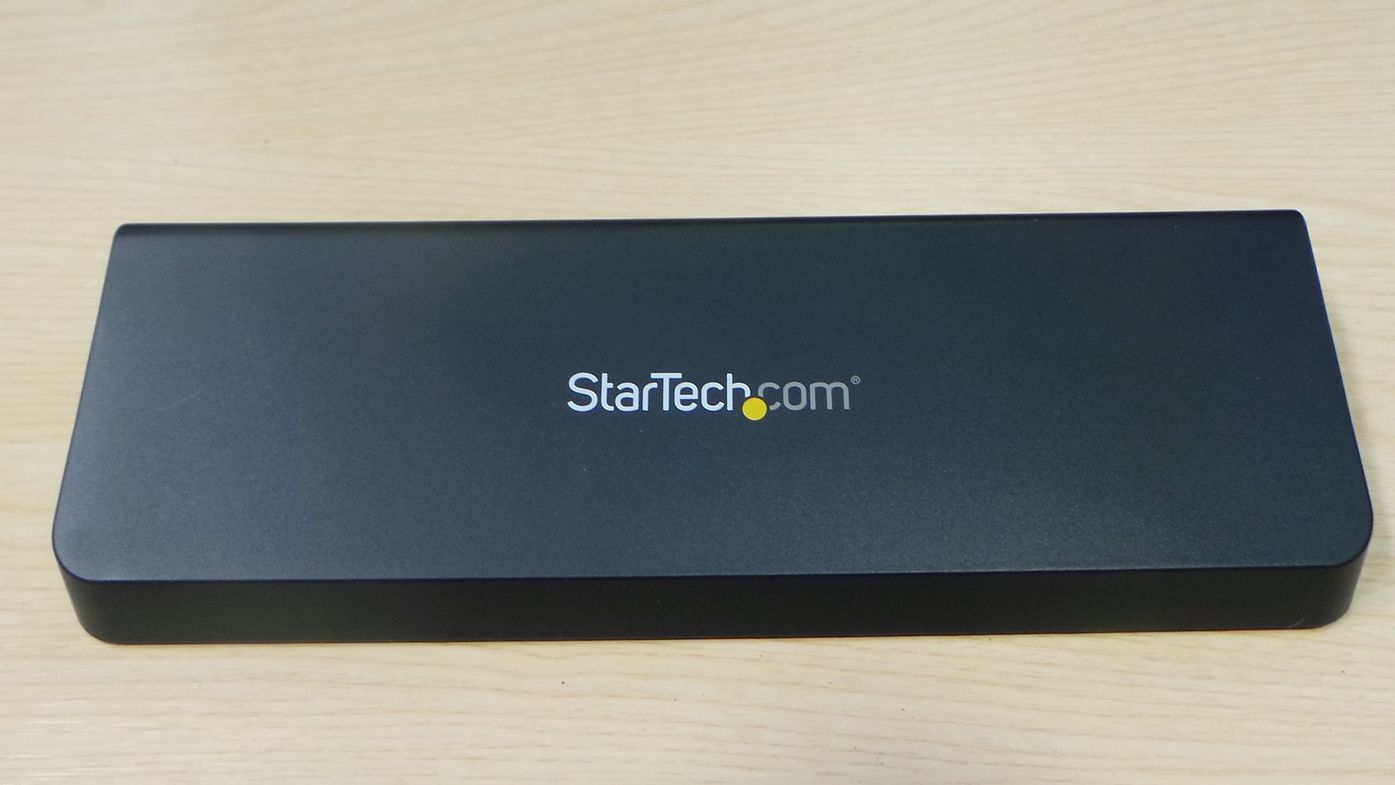
While a laptop and a charger is often all you need to work, they're simply not enough to cover all scenarios. Until then, we will have to make do with accessories, converters and docking stations. Although not features, strictly speaking, they allow the user to extend the usefulness of the device.
Some vendors offer great peripherals and accessories beyond the usual carry bags and satchels; docking stations, external battery packs, external speakers, stands and even portable monitors. I would imagine that even the humble battery charger will get a major refresh once even more power-thrifty technology becomes mainstream.
5. Hello

Windows 10 is likely to be the operating system powering your next laptop. With it comes a new feature called Hello which is very useful to those who want to embrace biometrics without it becoming an obstacle to efficiency. Hello allows you to use your face as the password, it's that simple.
As Microsoft puts it, you get enterprise-grade security without having to type a single password. You will need a special camera though, one that is currently only being offered by Intel. Its RealSense camera consists of three sensors grouped together for a much better authentication process.
6. Hot-swappable batteries
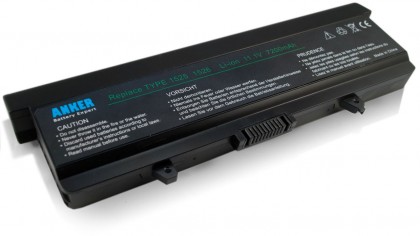
The last laptop with hot swappable batteries was the T450S from Lenovo. Having such a feature allows you to replace a battery in order not to run out of juice, which is great if you're on a long trip and have some urgent work to do.
Unfortunately, a lot of laptops (Ultrabooks and thin-and-light models) now come with non-removable batteries and external battery packs which reduce the appeal of "hot-swappability". However, the lure of being able to work for two or three days without any downtime or having to look around for a power socket nearby is clearly enticing.
7. Not too thin, not too thick

Our last feature isn't actually one but encompasses everything else that has been aforementioned. Laptops shouldn't be too thin otherwise you will have to compromise on a number of other features like battery life, upgradability, cooling, sound quality, stability, connectivity and even your typing experience.
Most of it has to do with the laws of physics which are immutable. Some, like Lenovo, with the Yoga 3 Pro partially solved the problem by making the tablet flatter (i.e. covering a bigger surface area for the same volume) while others, like Toshiba with its the Satellite U840W, stretch across one axis to offer a wider vista.
8. Dual channel memory

If you want to extract a bit more performance (around 10%) from your laptop, then choose one that whose memory has been set up as dual channel configuration. This means having a laptop with two memory slots, containing two memory modules of equal capacity and a processor that can support dual-channel. In other words, choosing either 8GB (2x4GB) or 16GB (2x8GB) laptops. 16GB laptop modules are too expensive at the moment and 2GB ones are simply too small in capacity. Opting for laptops that do not have soldered memory modules also means that you will be able to upgrade to 32GB RAM in the future.
9. 802.11ac

It's been nearly four years since the first commercially available laptop and router to support this networking protocol were launched. Compared to its predecessors, 802.11ac allows for faster data transfer and more importantly kept going on; you will obviously need a transmitting hardware that supports 802.11ac in the first place.
The next generation Wi-Fi, 802.11ad, has already started to appear in new laptops and routers. Given that it has the explicit backing of Intel, is likely to come to market quicker. It allows for even higher speeds but only for short ranges, making it ideal for wireless scenarios (like a no-wires monitor connection) but not that good for long distances.
10. Thinner frames and smaller screen sizes
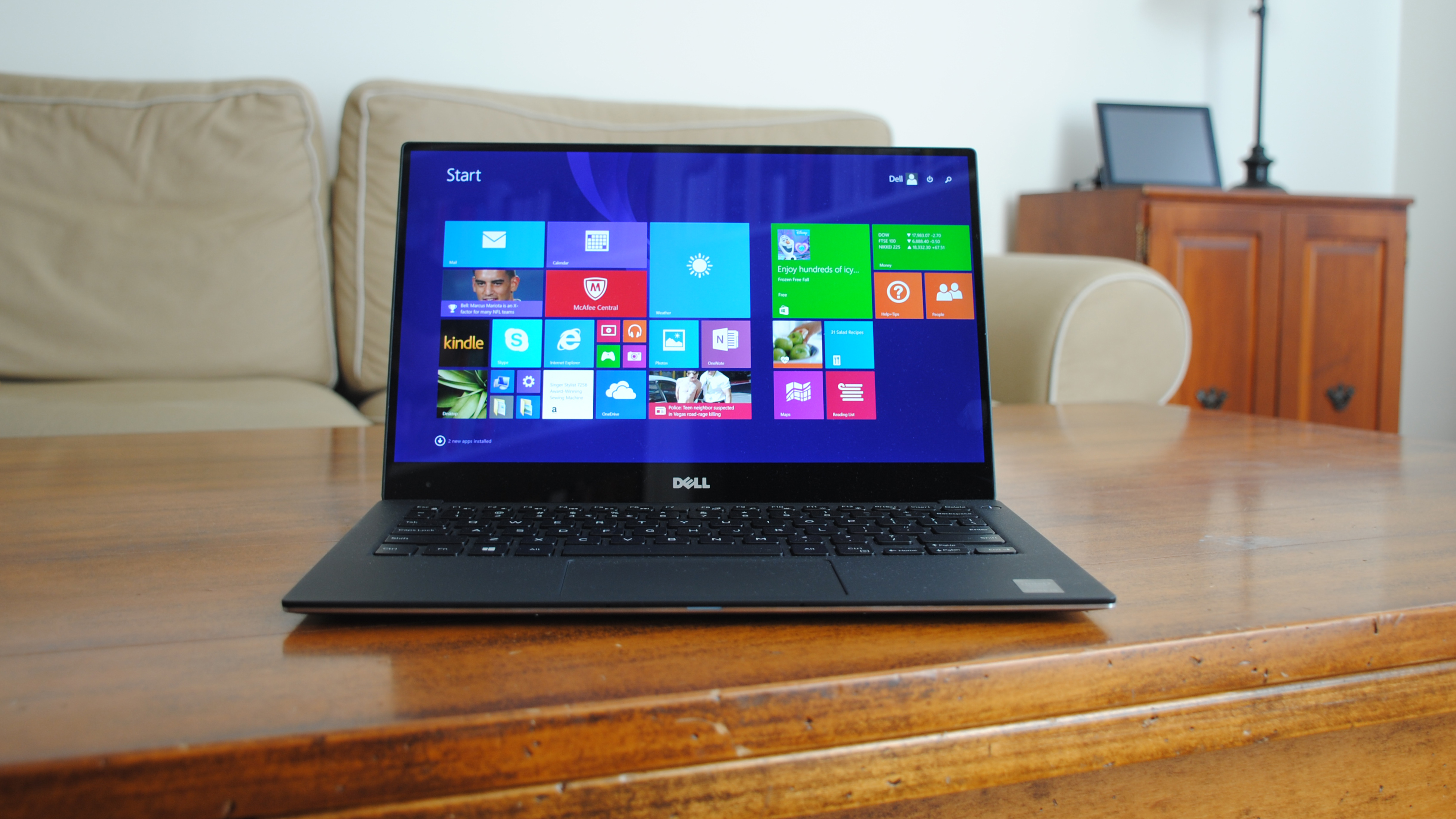
Dell caused a mini revolution by unveiling one laptop that had an impossibly thin bezel. The XPS 13's feat has yet to be replicated by other manufacturers but it may well pave the way for a few more models. Smaller form factors, something made popular by Apple's 2008 MacBook Air, are here to stay and could explain the success of Chromebooks and Cloudbooks. A small screen (13.3-inch and below) with a thin bezel (less than 10mm) represents an ideal balance, boosting the screen sharpness (as measured in DPI) at equal resolutions, compared to bigger models.

Désiré has been musing and writing about technology during a career spanning four decades. He dabbled in website builders and web hosting when DHTML and frames were in vogue and started narrating about the impact of technology on society just before the start of the Y2K hysteria at the turn of the last millennium.